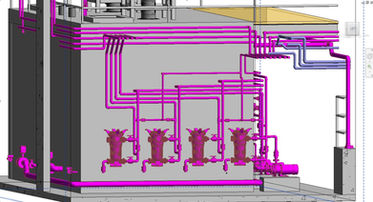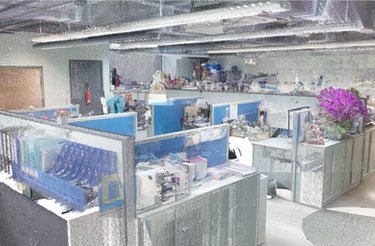MOEBIUS INNOVATION

Scan-to-BIM
BIM has been widely adopted as a means to a wholesome integration of differernt disciplines within a construction project. Moebius Innovation prefers to look at BIM in a inverted manner, in hope to build a better future by gaining more understanding of what has been there for countless years.




Scan to BIM is basically a practice of creating a digital representation of existing conditions of the building with its physical and functional characteristics in BIM. A laser scanner is devised to capture an accurate 3D scan which is then imported into a 3D BIM software (Autodesk’s Revit, Graphisoft’s ArchiCAD, Vectorworks, etc.) in order to create either accurate as-built models or to capture the design with the real-world conditions.











